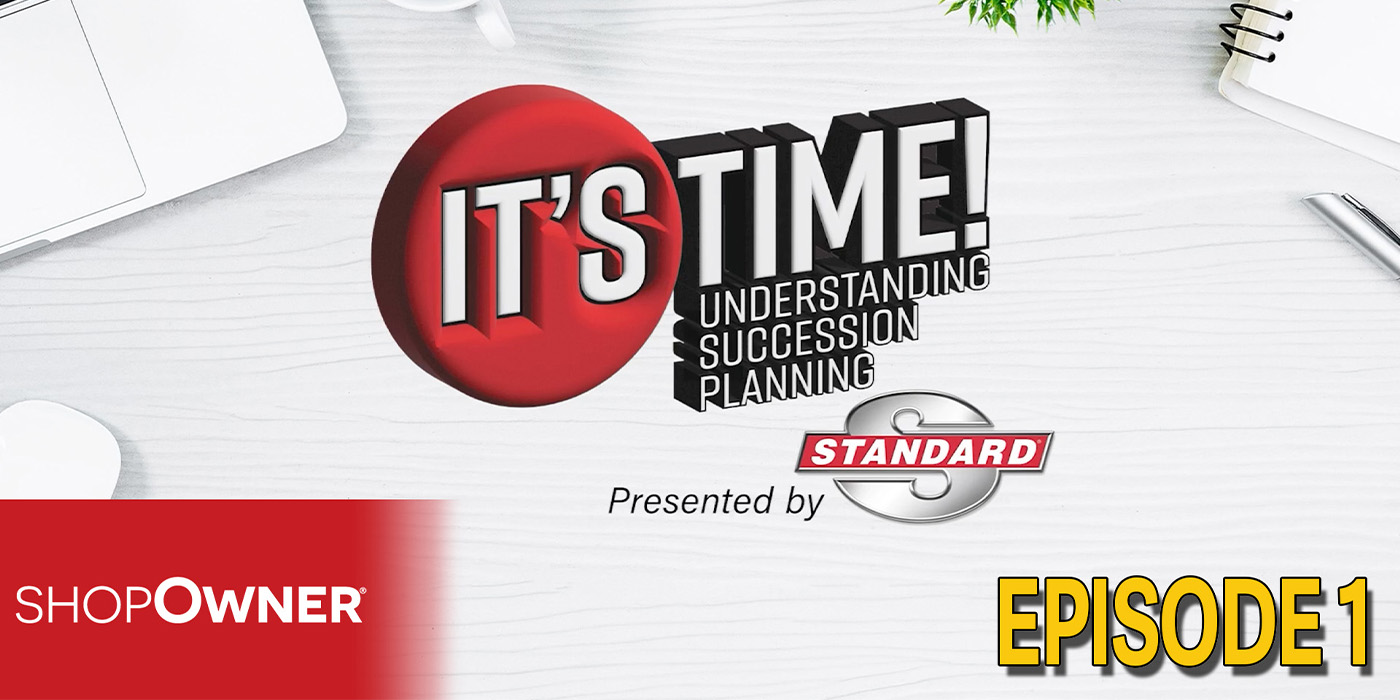CC: Here’s a quick quiz. Why are the boots of most Mercedes Benz ignition coils lubricated at the factory according to a recent TSB?
A) To create a watertight seal between the boot and insulator of the spark plug.
B) To condition the boot against ozone generated by the EM radiation caused by the ignition system.
C) To make the boot easier to remove for service.
The answer is C. The small amount of grease makes the boot easier to remove for service. There is no need to create a water tight seal because water rarely enters the spark plug tube. While the ignition system does create some EM radiation and ozone while it is operating, it is not enough to damage the boot.
Mercedes applies one gram of lubricant (which is smaller than the size of a pea) to the inside surface of the boot so it can be slid off when the coil or boot is removed from the spark plug.
What is the advice from the TSB? Pay it forward. If you are installing a new coil or a boot, apply a small amount of dielectric grease to the inside of the boot. The grease can be applied with a swab. Not only are you making it easier for the next technician, it also makes installation just a little bit easier.
This video is sponsored by Standard Motor Products












